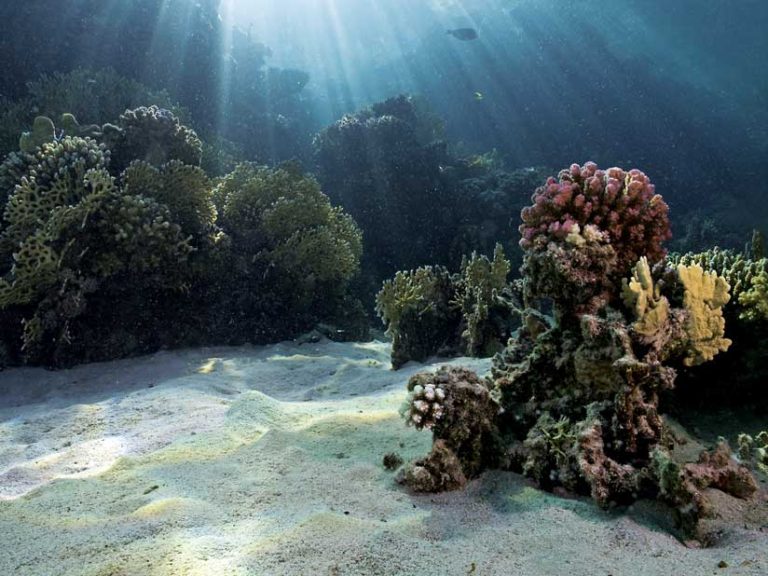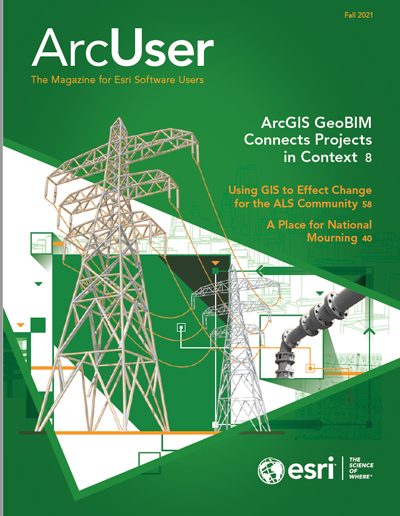Esri Redistricting Solution Includes 2020 Census Data
US states, counties, cities, and towns are beginning the process of reshaping political boundaries based on the latest population figures from the 2020 US Census. Redrawing election district boundaries is integral to creating fair representation from among the country’s elected offices. The Esri Redistricting solution lets governments and the public collaborate in developing, analyzing, and reviewing proposed redistricting plans. Built-in checks in the software ensure plans comply with constitutional requirements. The solution now includes the most recent US census data for all 50 states and the District of Columbia.
Traditionally, prisoners are counted as residents of the districts where they are incarcerated. However, several states have passed laws modifying their redistricting procedures for incarcerated persons, by allocating counts of incarcerated people to where they last lived before they were imprisoned. Esri Redistricting includes the incarceration data for the states of California and Virginia. These datasets are adjusted at the state’s census block level so that redistricting can be performed based on data that reflects the correct populations in compliance with the state’s new apportionment procedures regarding incarcerated persons.
Deadlines to complete redistricting maps are expected to be especially tight, as the release of census data was delayed because of the COVID-19 pandemic. Redrawn boundaries for legislative and congressional districts typically must be completed ahead of candidate filing deadlines for the next primary elections. See more resources online, including tutorials on how to use Esri Redistricting.
GIS Boosts Data-Driven Governance in Egypt
To address geographic disparities in northern Egypt, the Egyptian Ministry of Local Development and the World Bank are implementing Esri technology. A unified geodatabase and a map viewer will let users explore geostatistical information and generate reports, graphics, and thematic maps. The system will employ mobile apps for data collection and dashboards to provide policy makers with a holistic view of development projects.

Esri Supports United Nations Program to Save the Ocean
The ocean faces many serious threats, such as climate change, species decline, and plastic pollution. The United Nations (UN) Decade of Ocean Science for Sustainable Development
(www.oceandecade.org) is a global cooperative program to expand scientific and industry partnerships that will support groundbreaking science, management, conservation, and sustainable development of the ocean. Esri has supported UN initiatives and programs for years. The Ocean Decade’s implementation plan includes more than 60 programs. Esri is a participating partner in actions associated with five of these programs:
- Deep Ocean Observing Strategy (DOOS), led by the Scripps Institution of Oceanography
- Digital Twins of the Ocean (DITTO), led by the GEOMAR Helmholtz Center for Ocean Research Kiel, Kiel University
- Early Career Ocean Professionals (ECOP), led by the Ocean Decade Informal Working Group for early career ocean professionals
- Seabed 2030, led by the Nippon Foundation and the General Bathymetric Chart of the Oceans (GEBCO)
Promote Seabed 2030 and ocean mapping, led by the National Oceanic and Atmospheric Administration (NOAA) See “The Race to Make a High-Resolution Map of the World’s Oceans” for more information.
Telecom Uses Esri Tech to Bridge Digital Divide
Matanuska Telecom Association (MTA), which is bridging the digital divide across south central Alaska by offering broadband, television, and telephone services to residents in a 10,000-square-mile area, signed an enterprise agreement (EA) with Esri to help streamline operations and workflows. The small utility will employ ArcGIS Online to build mobile apps and collaborate in real time. To learn more about EAs for small utilities.

